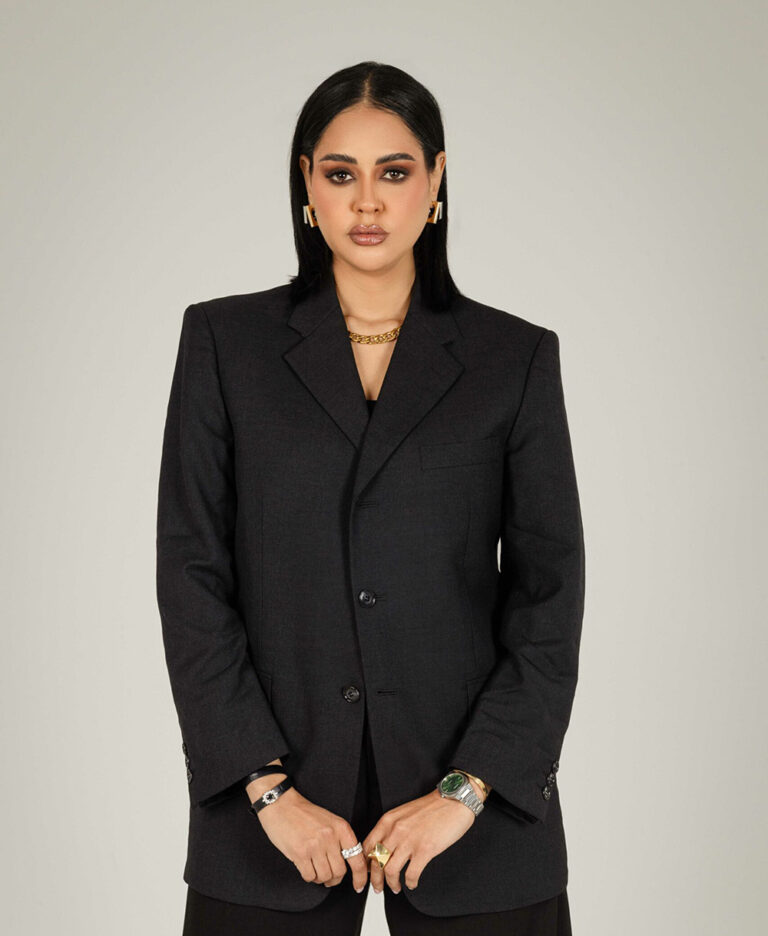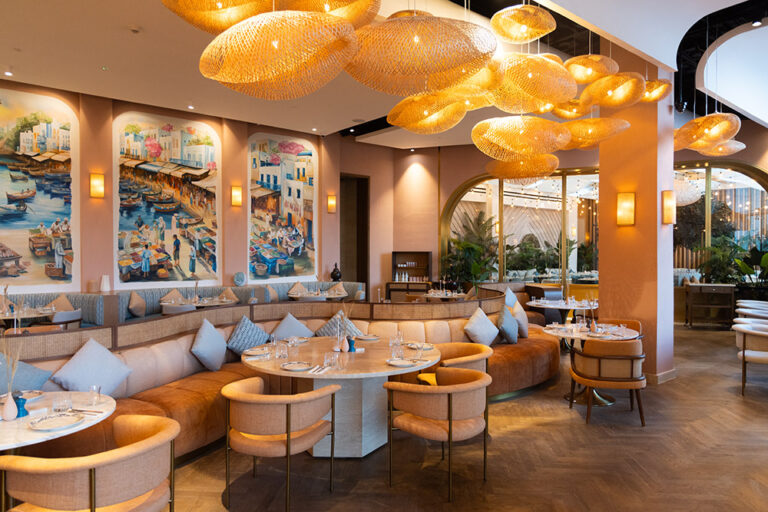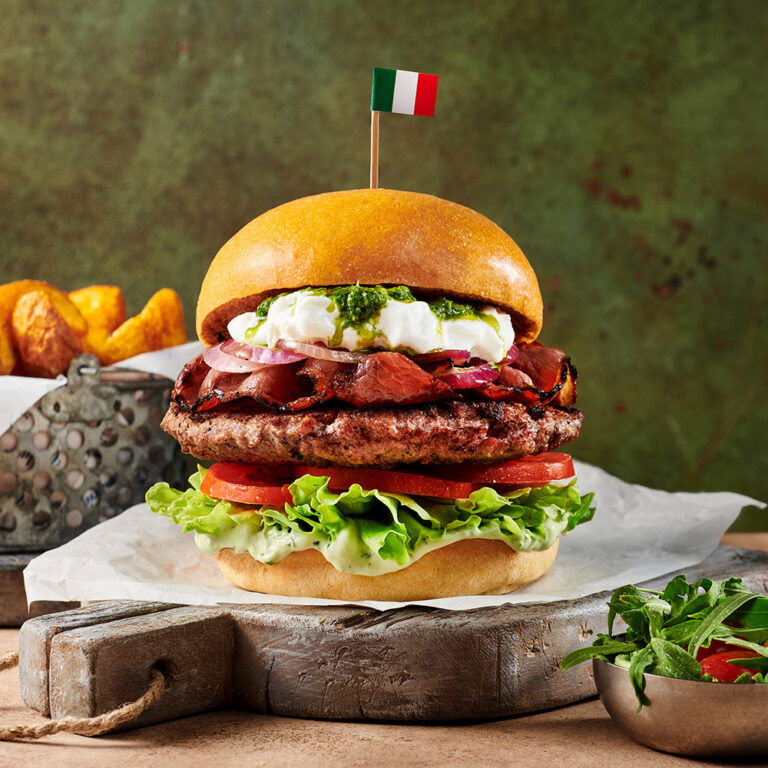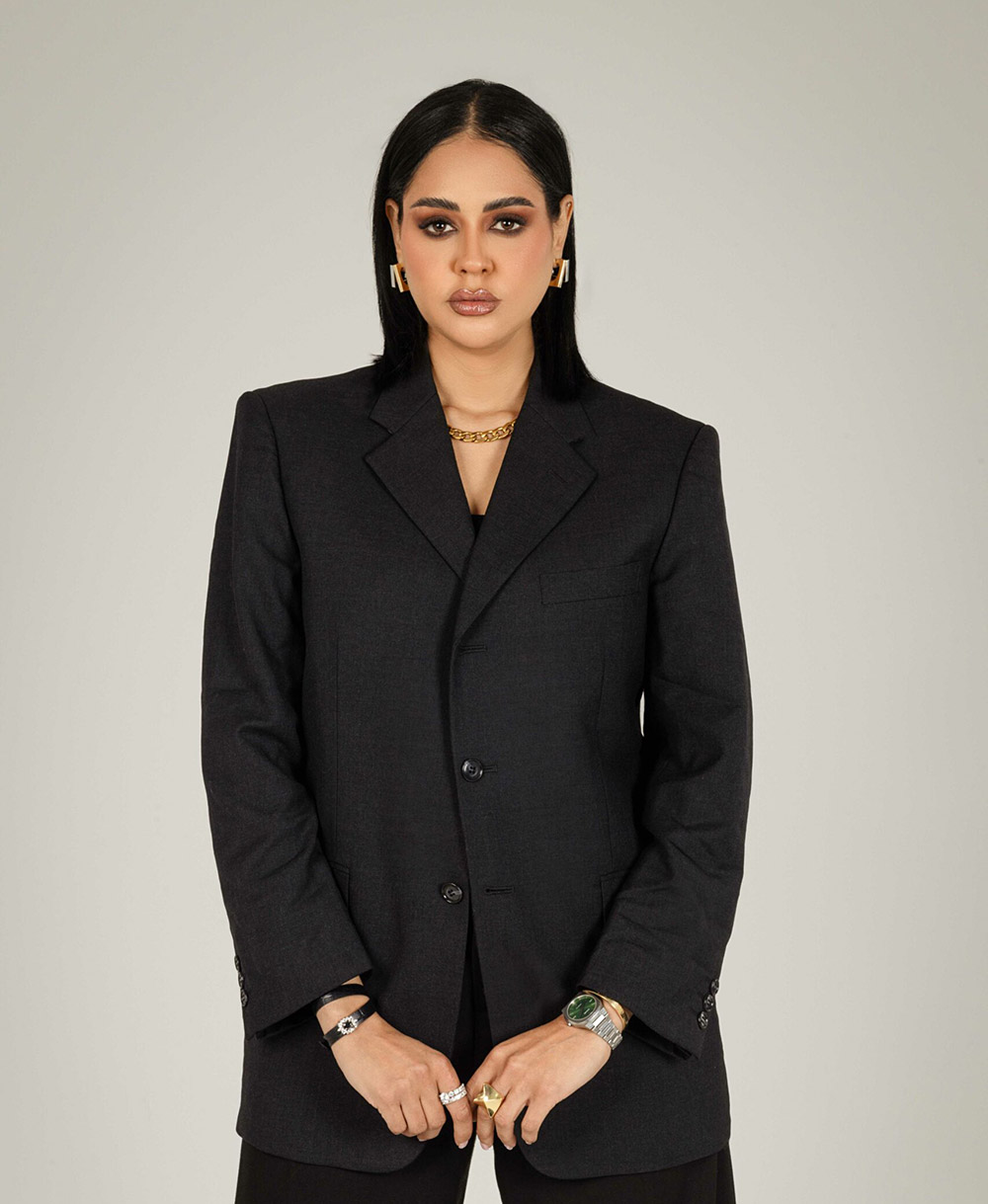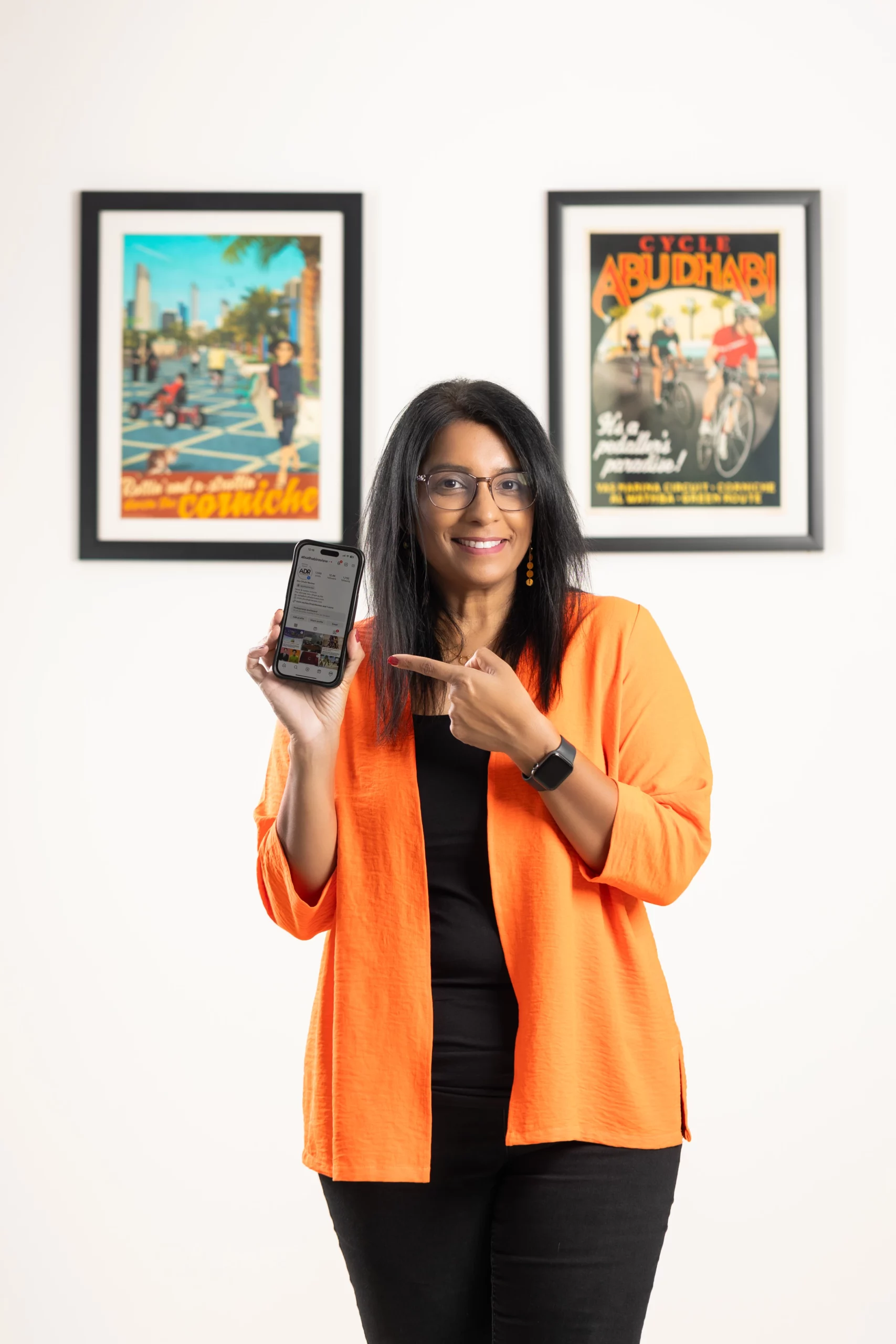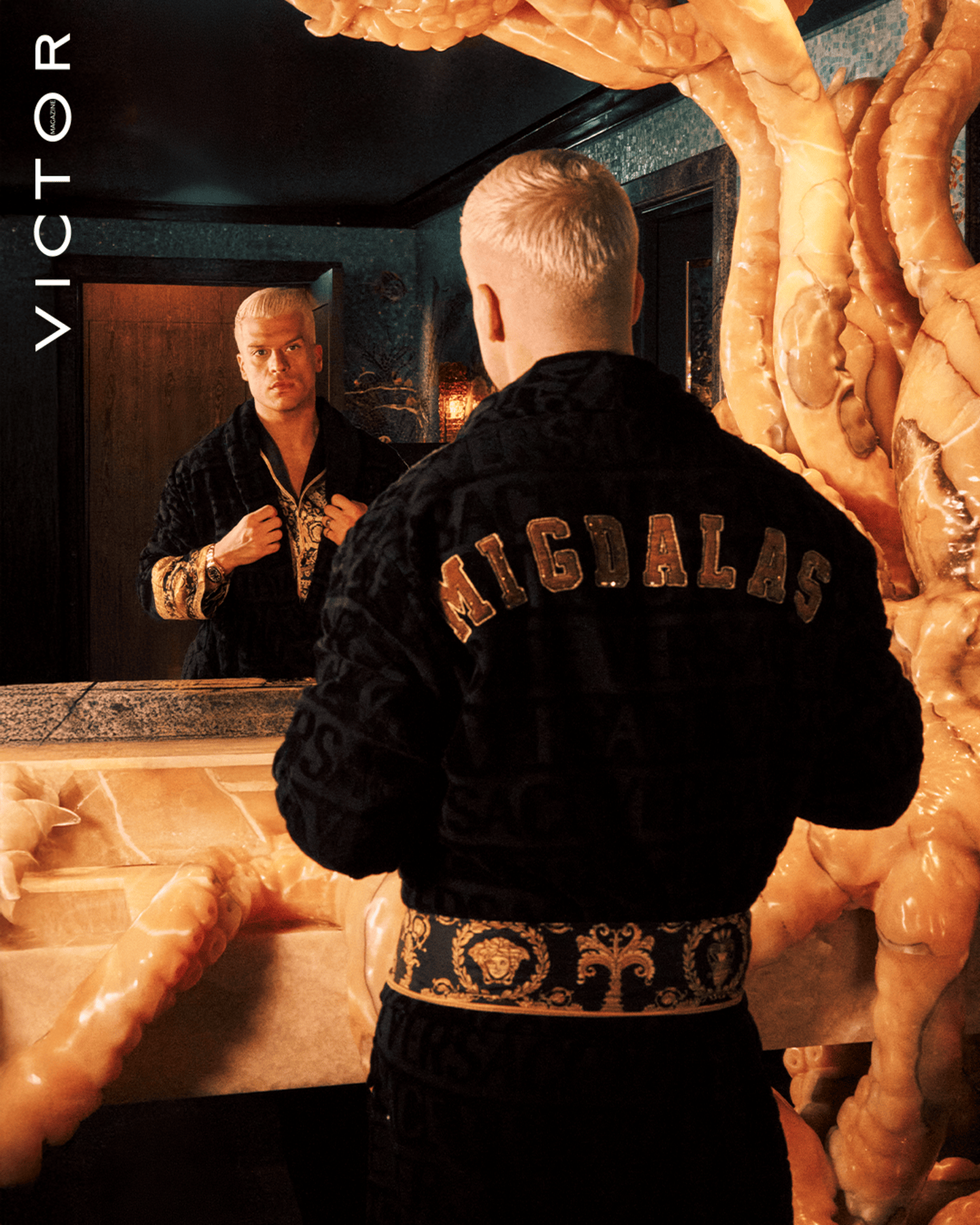
THE MAGICAL INSTRUMENT
Shaheen Ahmed

The Magical Instrument: Daf is a national musical instrument of Pakistan and has also depicted the reverse of Azerbaijan since 2006 . Daf is also known as Dayereh and Riq is Middle Eastern mainly in Iran, a musical instrument used in popular and classical music both in Iran and Pakistan. Used in Afghanistan, was Pakistan and some regions of Georgia and Russia polar region. Traditionally it has a round wooden frame; in modern times it is also made of metal jiggles and a thin, translucent head made of fish or Goat skin. The presence of Iranian daf is the release of behistun suggested that it existed even before the rise of Islam. Even before Sufism, daf was the Islamic musical instrument.
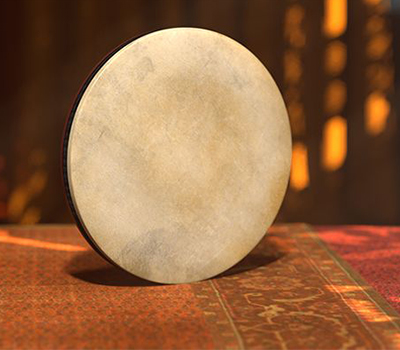
The Daf is known as dap in Pahlavi (an ancient Iranian language). Daf has been depicted in paintings dating back to before the Common Era. The inclusion of Iranian Daf in Behistun reliefs implies that it existed prior to Islam’s coming to power. Dafs were an element of Iranian sacred music long before Sufism. Iranian music has long been a spiritual tool for the Iranian people. It demonstrates there is also a type of square frame drum. These frame drums were popular in the ancient Middle East, Greece, and Rome, and eventually made their way to medieval Europe via Islamic culture. In the Sassanid period, Daf was used to accompany Nowruz and other celebratory occasions (224 A.D. – 651 A.D.). The Daf was used to accompany Iranian classical music during this time period. Dafs were most likely employed in the court to play traditional music modes and melodies. Dafs can be used to create complex and strong rhythms that induce trance and a spiritually exalted mood. As a result, they have been associated with religion in Iran throughout history. The Daf and other Middle Eastern musical instruments were introduced to Spain by the Arabs, and the Spanish modified and promoted the Daf and other musical instruments. The Daf was only used at Sufi rites in the 15th century, but the Ottomans brought it to Europe in the 17th century. Because of the efforts of Iranian Sufis, notably in the twentieth century, the art of Daf playing has survived to this day in Iranian Kurdistan and other parts of Iran.
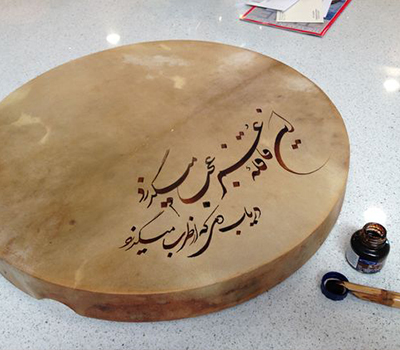
Daf is also performed in South India in the Malabar region of Kerala and Karnataka. Daf is performed as social entertainment and to commemorate festivals and weddings. A Daf performance usually consists of six members who stand or sit facing each other singing songs and swaying their bodies to the tempo of the song which is set by the rhythmic beats of the Daf.
By Author
no related post found

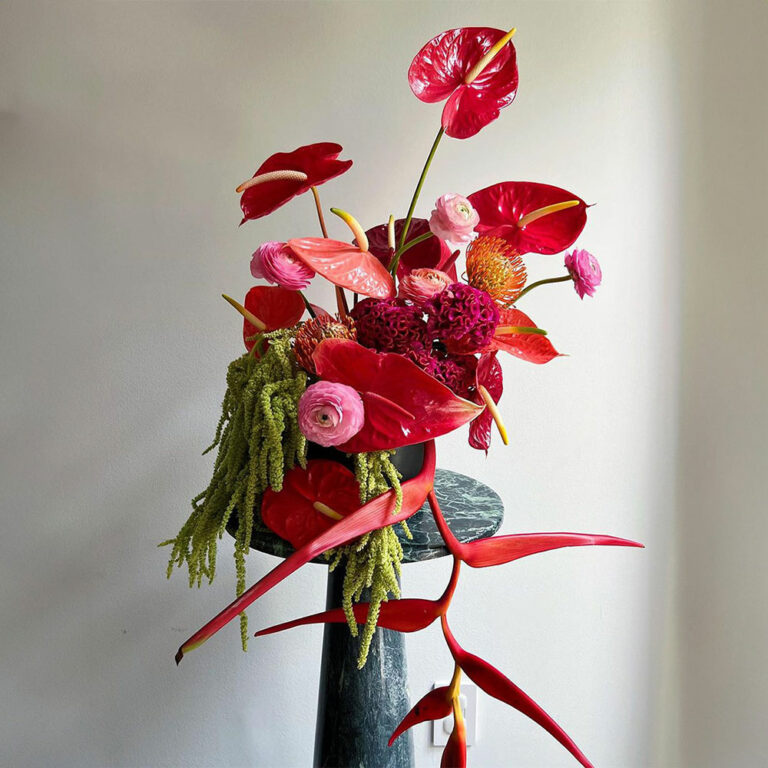
“Flowers are our favorite F word!”

Indulging in Love and Flavor at Playa: A Valentine’s Day Delight

Beyond the Expected: John Migdalas on Today’s Luxury

“Flowers are our favorite F word!”

Indulging in Love and Flavor at Playa: A Valentine’s Day Delight










